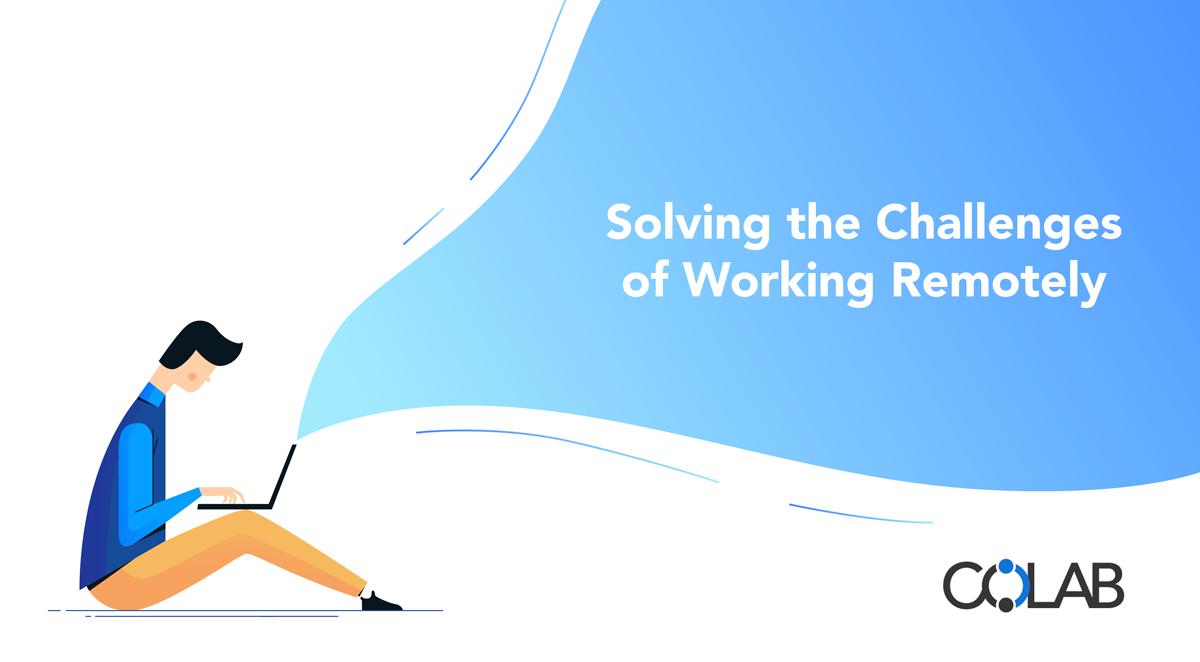For now, COVID case numbers are slowly declining in the Northeast. But experts forecast that remote working is here to stay. Remote working quickly became the necessary way to work during the pandemic. And now many workers and employers find it, as well as coworking, to be the preferred method of doing business. Not only do workers prefer its flexibility and the natural social distance it provides, but employers have seen an increase in productivity. A recent study by Stanford University found that remote work led to an astounding productivity boost equal to a full day’s work. Still, remote working has its drawbacks. According to a recent survey by Coworking Insights, the top challenges remote workers cited include: overworking or working more and too much (46.98%), isolation and loneliness (46.7%), accessing professional services like printing or deliveries (30.49%), and locating reliable Wi-Fi (27.47%). The solution for most, if not all of those challenges is coworking. And coworking facilities are growing in staggering rates to meet the demand.
Feeding the trend:
- Coworking facilities offer individual desks or private offices. They have become a popular option for professionals who want to move out of their homes and back into a professional environment.
- Coworking spaces provide an immediate stepping-stone towards the return to business as usual. Experts also predict these types of spaces could be the face of the work environment in the long term.
- Local and state officials are looking for ways to create jobs and fill office space. However, social distancing is here to stay, at least for the foreseeable future. Therefore, most organizations will need to rethink the workplace environment and consider ways to lessen the number of workers in their offices.
- Many companies have implemented staggered shifts and flexible work policies which will help keep offices less dense. Again, experts predict that the decentralized office will become even more the norm than it was becoming before. Large corporations will most likely look to ‘de-densify’ their offices to aid in maintaining social distance requirements.
- Workers are looking to get out of their homes and back into a business environment, but most aren’t comfortable commuting via public transportation to major business centers just yet.
- Even before the COVID-19 crisis, people’s working habits were evolving and larger companies continued to decentralize at a staggering rate. The last several months have shown companies that many businesses can survive and even thrive with employees working remotely and, if there is one thing quarantine has shown us, it’s that many businesses can now be run from virtual offices. Technology advances that were happening at a rapid pace before the global pandemic, have now practically jumped into warp speed, allowing people to remain connected regardless of their location.
Benefits of coworking:
-
Increased Productivity
According to a GCUC survey, 84% of coworkers say working in a coworking hub makes them more motivated. And 67% of people who cowork say they have experienced improved professional success.
-
Collaboration Opportunities
The ability to collaborate with other like-minded workers, industry resources and mentors has been shown to increase worker productivity and growth opportunities. A recent survey by Smallbiz shows that 82% of respondents have expanded their professional network since joining a coworking office space.
-
Cost efficiency
Most coworking spaces offer a variety of furnished, flexible office and community spaces. Companies can choose one desk, a private office or a team space. This saves the cost of furniture and utilities and provides access to amenities like mail services and printing. Contracts are on a month to month basis so small businesses and independent workers aren’t locked into long term leases.
-
Flexibility
Coworking spaces offer different types of spaces that companies can utilize to adapt to changing business needs and growth. In addition, they allow workers to work closer to home. Cutting commuting times means more working hours. And being in a business environment removes distractions that may be present in a home office. The bottom line is that people enjoy flexible schedules and the increased flexibility that comes from working remotely. But many are finding that it’s important to establish some limits between home and work. As society continues to figure out how to move towards the future of work, more and more workers will seek ways to keep their work lives and their personal lives separate. Co-working spaces offer an excellent solution. Last year, statistics showed that about 3.1 million people were using coworking spaces around the world. This number is estimated to nearly double by 2022.






